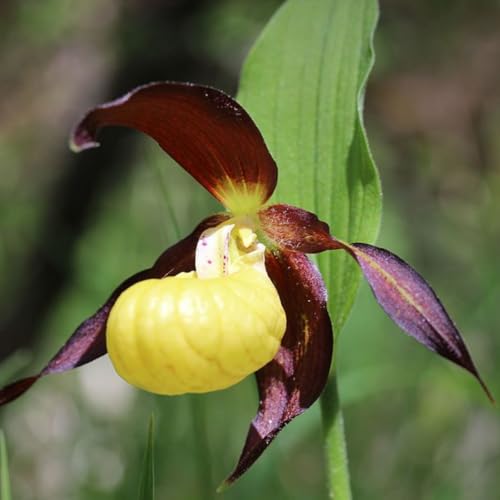...
In many of the highly publicized instances I can think of right now, whether Kovach, Azadehdel, Boscha Popow, regardless of the fact they had really illegal plants or not, those cases appeared only because they have been either careless or could be competitor later. Some people got a supply ( from Boscha Popow as an example, at a time the paphs were Appendix II, not I) of Chinese paphiopedilum, several hundreds plants of each species, and thereafter contacted the authorities to "blank" their stocks by giving their supplier. That was a matter of jealousy, unwillingness to have a competitor ( some small player take a stock like that and want to destroy their supplier, first knowing that their supplier will always have stock and sell to everyone, and second to destroy the competitors and have a monopoly), and they will push individuals officers. Of course, what they inform might be illegal (like the people who informed the Customs aboutSian Lim in England as well), BUT the main fact is that those informants first have a financial reward, second are not disturbed when selling their stock, third have a temporary monopoly, fourth increase the value of their investment. That's it and that's all.
The most dangerous people are few people who blatantly lie about the rarity of paphs. NO! Paphs are/were not rare in the wild. Paphiopedilum armeniacum is "on the verge of extinction" for the last 20 years according to some people. So where are those thousands of wild plants coming each year from ???
Paph. rothschildianum is extremely abundant in the wild, it is easy to find a collector to take 2000 plants in a week or so. I visited such places in Sabah, with few hundreds CLUMPS of roths, freshly collected. And so on for most species. Paph zieckianum is very common in the Arfak Mountains, hundreds of thousands of plants. Wentworthianum is common in Guadalcanal. I got a picture from a guy who advertised on the orchidmall for that species, he had some thousands plants freshly collected.
The real truth is that some people made alarming reports, that led to 2 disastrous consequences:
- Nearly no one trust that paphs are rare in the wild anymore.
- The prices are higher, so there is more demand
- There is no way to enforce CITES at present time correctly
- Huge stock are collected, for pot plant, and because some crazy people think that, being in demand, there is a lot of customers.
Result: sooner or later some species will really disappeared. Some start to, and not the ones we are thinking of. Paph. coccineum, Paph.hookerae, Paph. celebense are nearly extinct now. But not at all sanderianum, roth, micranthum, or armeniacum that are still plentiful.
...
People should not dream. Every single paph breeder in the world has "illegal" plants or plants of doubtful source. Some wil breed them, some will simply sell them. But the authorities know perfectly well that there are illegal plants around. They do not bother at all if those facts are not "public", and if those plants are well cared for, and used for breeding. Of course, there could be a couple individuals officers that are completely crazy, and potentially very dangerous, but they are very, very rare...
...
One last thing, about the files, every single letter received by the customs has to be stamped, stored, and the facts in it recorded. Every informant declaration has to be recorded as well. Therefore some people have "huge files" at the customs of their country, that's completely true. No one can believe how many letters from informants per day the customs can receive. Now, whether they investigate or just store it because they are forced to store the information is another matter.
As a general basis, I would say that if the hobbyists do not do things that are too obvious, and NO, REALLY NO business ( selling a couple divisions or otherwise is perfectly fine, but not 20 plants of helenae as an example), the risks are virtually nonexistent. Think about all those illegal plants sold on ebay.com USA, how many buyers got problems ? I think none...












































